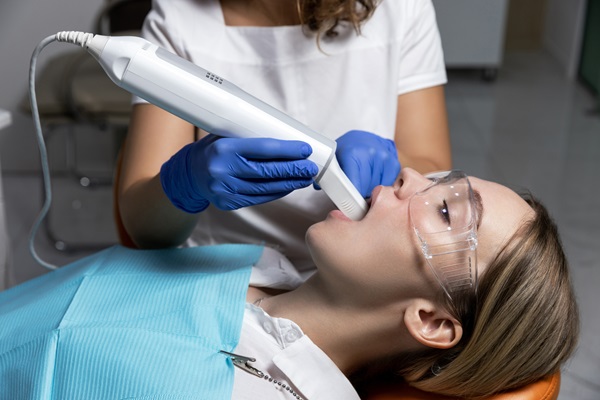Does Sleep Dentistry Prevent Pain?

Sleep dentistry is a way to manage pain during a more invasive dental procedure. Many dentists use it for more common procedures, such as a deep dental cleaning, and dentists and oral surgeons also use sleep dentistry for surgical procedures, such as implant placement or wisdom tooth extraction.
A complete review of sleep dentistry for pain prevention
This review offers an in-depth look at the role that sedation plays in dentistry, offering insights into what sleep dentistry is specifically, the different types and what to expect during treatment. By understanding more about sleep dentistry, you can make an informed decision as to whether or not it is right for you.
What is sleep dentistry?
Sleep dentistry involves administering sedative medication before a dental procedure. The term “sleep dentistry” is misleading, however, as the patient is typically awake during the dental procedure, although general anesthesia may be an option for certain oral surgeries. The primary types of sleep dentistry include nitrous oxide (laughing gas), oral sedation and IV sedation. Each offers a different level of sedation and its own unique benefits. Sleep dentistry is typically used for more invasive procedures, although certain types may also be available for routine, minimally invasive procedures as well.
What to expect with sleep dentistry
The experience of sleep dentistry depends on the type of sedation used. For nitrous oxide, the patient simply wears a mask that releases nitrogen and oxygen. The patient can remove the mask whenever they desire if they begin to feel anxious. Oral sedation is as simple as taking oral medication and waiting for the effects to kick in. The effects of oral sedation wear off relatively soon after the procedure. IV sedation is slightly more complex and involves administering the medication intravenously (into the vein) with a needle and catheter.
The pros and cons of sleep dentistry
For most patients, the pros of sleep dentistry make treatment worth it, although there are risks to know about. The most notable benefits of sleep dentistry include:
- There is less pain during treatment
- There is less anxiety before and during treatment
- The effects wear off soon after treatment
- Treatment is monitored by a dental professional
- Side effects are rare and typically minimal
The risks of sleep dentistry include an allergic reaction, heart complications, low blood pressure and breathing complications.
When sleep dentistry is recommended
Sleep dentistry is recommended for more invasive procedures, such as tooth extraction, root canal therapy, dental implant placement, bone grafting and jaw surgery. Sedation may also be available for less invasive treatment procedures, such as dental fillings and deep dental cleaning, if the patient requests it. It is also a great way for patients with dental anxiety or phobia to feel calmer during treatment.
Schedule a visit with us to learn more about sleep dentistry
If you are concerned about the pain that you may experience during a dental procedure, then we encourage you to reach out to our dental team to learn more. We can put together a pain management plan to ensure that you are as comfortable as possible while receiving dental treatment.
Request an appointment here: https://totaldentalcare.com or call Total Dental Care of Middle Island at (631) 924-8155 for an appointment in our Middle Island office.
Check out what others are saying about our dental services on Yelp: Sleep Dentistry in Middle Island, NY.
Recent Posts
Many people choose sedation dentistry to make dental procedures easier. Dental patients expect pain or suffer from a dental appointment. That is why dentists recommend sedation. Patients end up happy with their dental work because of this technique. If you want to learn about the ways your dentist uses sedation dentistry, here are the details.Some…
For many patients, sedation dentistry is a must for certain dental appointments. This branch of dentistry focuses on putting patients at ease and calming anxieties during visits. The use of sedation is most frequent when major treatments or procedures take place. These could include a root canal, filling, or restorative work such as a crown…
Learning more about your options for getting new dentures is necessary, as you need to make a choice that works for you. This requires thinking about your current lifestyle and how denture care will fit in. Denture care is very important, as when you take proper care of your dentures, they can last many years.Finding…
Looking for a general dentist who offers laser dentistry services? This advanced dental treatment option is growing in popularity every day, as it offers various benefits that are not available using other treatment options. For example, according to the American Dental Association, lasers are used to reshape gums and remove bacteria during root canal procedures.A…


